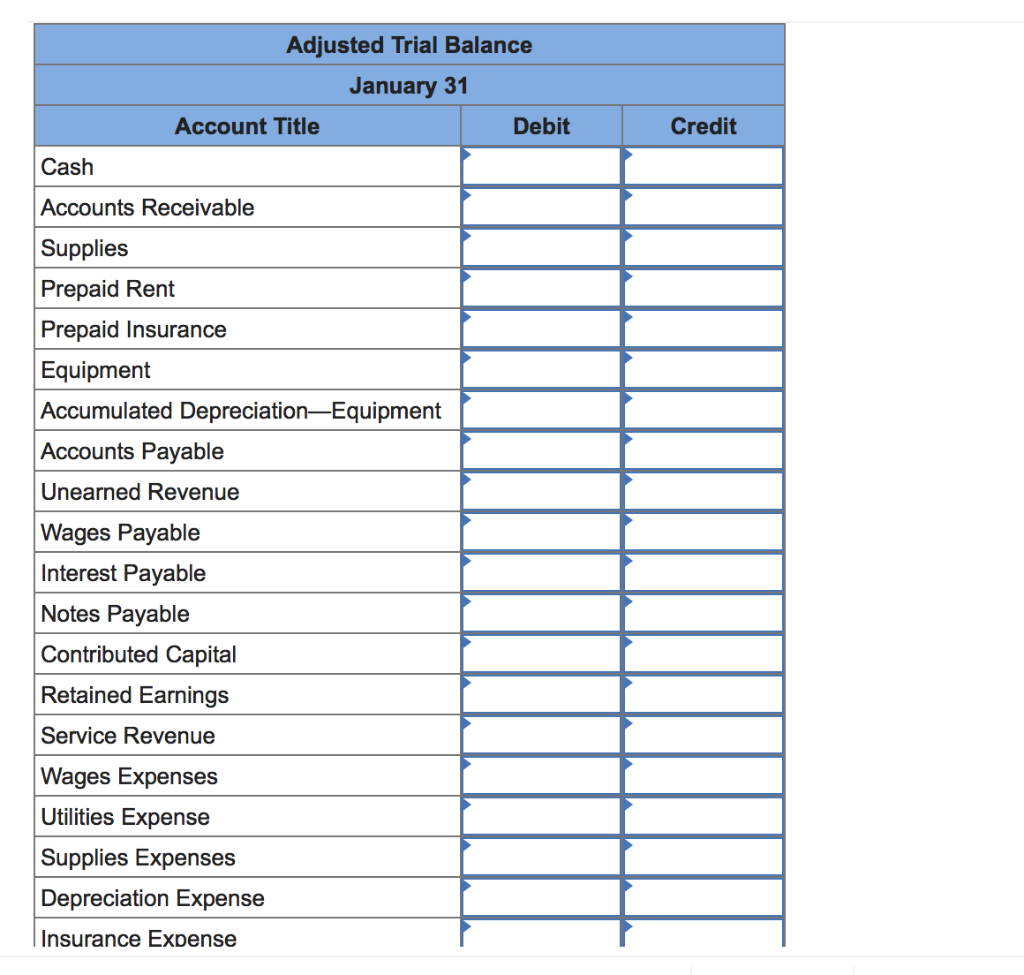

Someone who is familiar with these uses for credit but who is new to accounting may not immediately associate credits with decreases to asset, expense, and owner's drawing accounts. For example, the word credit generally has positive associations when used conversationally: in school you receive credit for completing a course, a great hockey player may be a credit to his or her team, and a hopeless romantic may at least deserve credit for trying. The way people often use the words debit and credit in everyday speech is not how accountants use these words. For example, a company's checking account (an asset) has a credit balance if the account is overdrawn. Occasionally, an account does not have a normal balance. You may find the following chart helpful as a reference. To determine the correct entry, identify the accounts affected by a transaction, which category each account falls into, and whether the transaction increases or decreases the account's balance.

Liability, revenue, and owner's capital accounts normally have credit balances. Therefore, asset, expense, and owner's drawing accounts normally have debit balances. An account's assigned normal balance is on the side where increases go because the increases in any account are usually greater than the decreases. Debits (abbreviated Dr.) always go on the left side of the T, and credits (abbreviated Cr.) always go on the right.Īccountants record increases in asset, expense, and owner's drawing accounts on the debit side, and they record increases in liability, revenue, and owner's capital accounts on the credit side. The account title and account number appear above the T. The simplest account structure is shaped like the letter T.
Debit credit expense update#
The Work Sheet When Closing Entries Update Inventory.Closing Entries for a Merchandising Company.Inventory Adjustments on the Work Sheet.Financial Statements for a Merchandising Company.The Cost of Goods Available for Sale and the Cost of Goods Sold.Net Purchases and the Cost of Goods Purchased.Generally Accepted Accounting Principles.
Debit credit expense software#
Because most accounting and invoicing software prevents the need for a double-entry bookkeeping system, your debits and credits are adjusted automatically according to your expenses and income. Debits and DebitoorĬlearly related to our namesake, Debitoor allows you to stay on top of your debits and credits. Under double-entry bookkeeping, your debit accounts and your credit accounts should be equal, effectively balancing your financial accounts and helping ensure that your business finances don’t receive extra attention from the tax authorities in the form of an audit. This amount represents an asset or an expense of the entity.
Debit credit expense series#
The debit balance refers to the balance that remains after one or a series of bookkeeping entries.


 0 kommentar(er)
0 kommentar(er)
